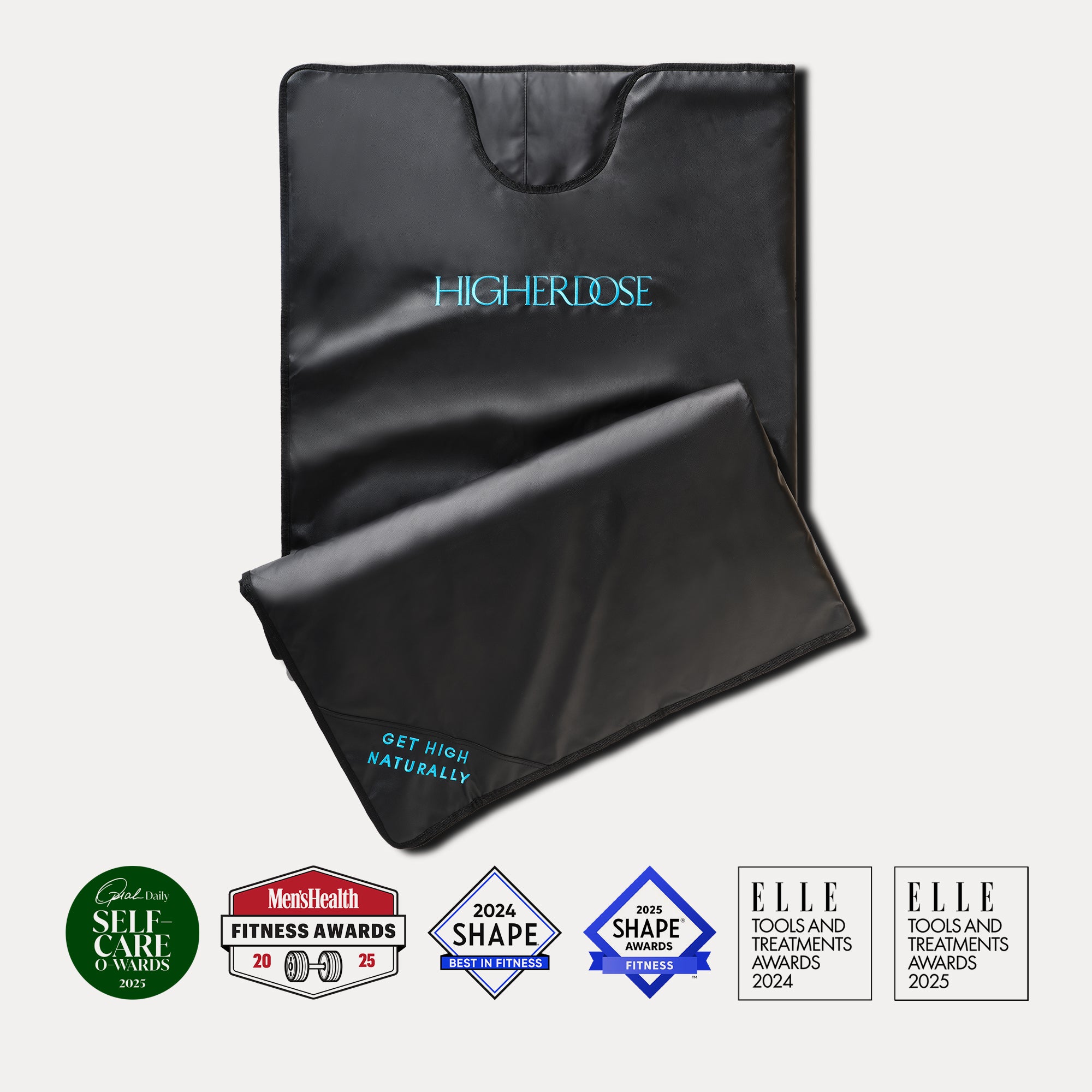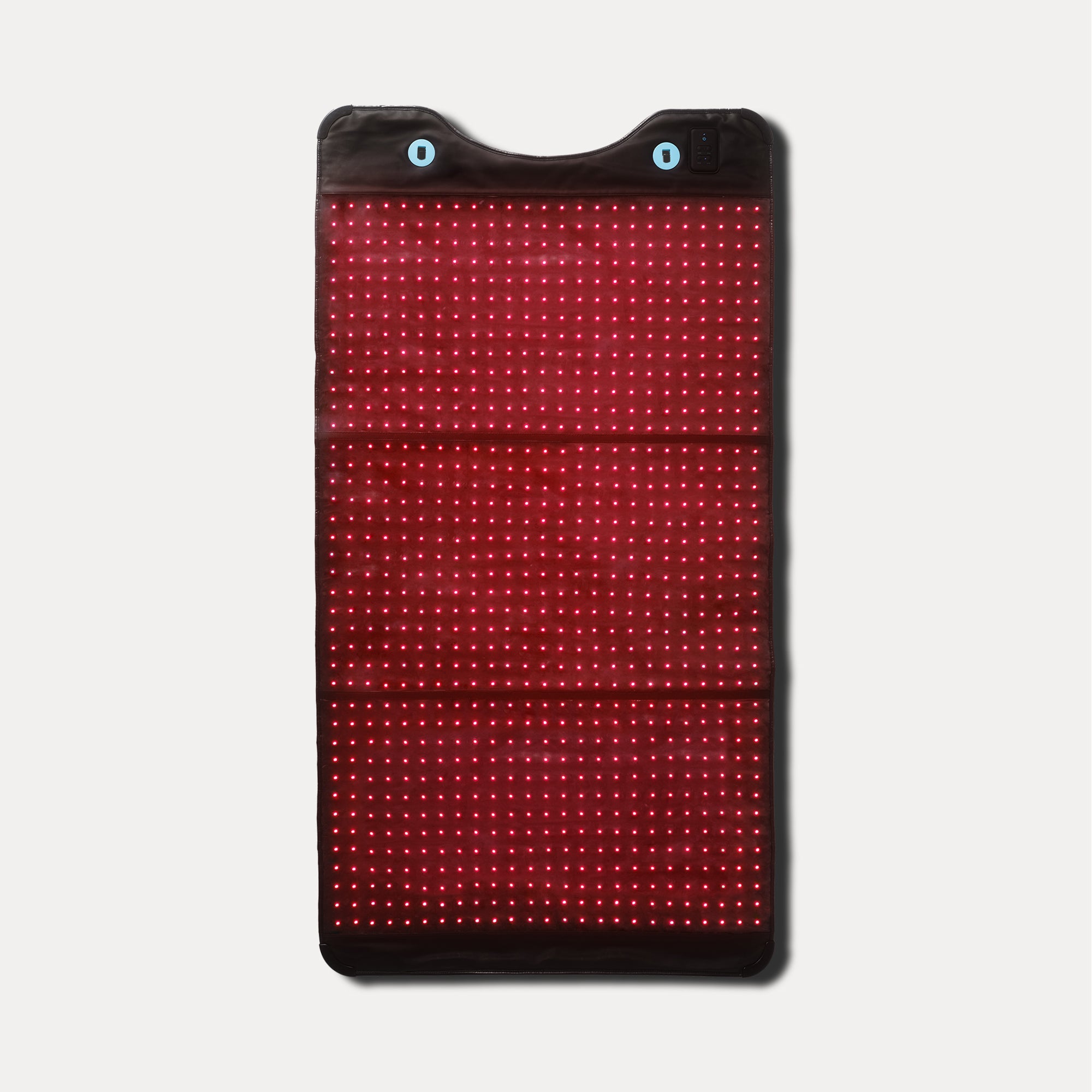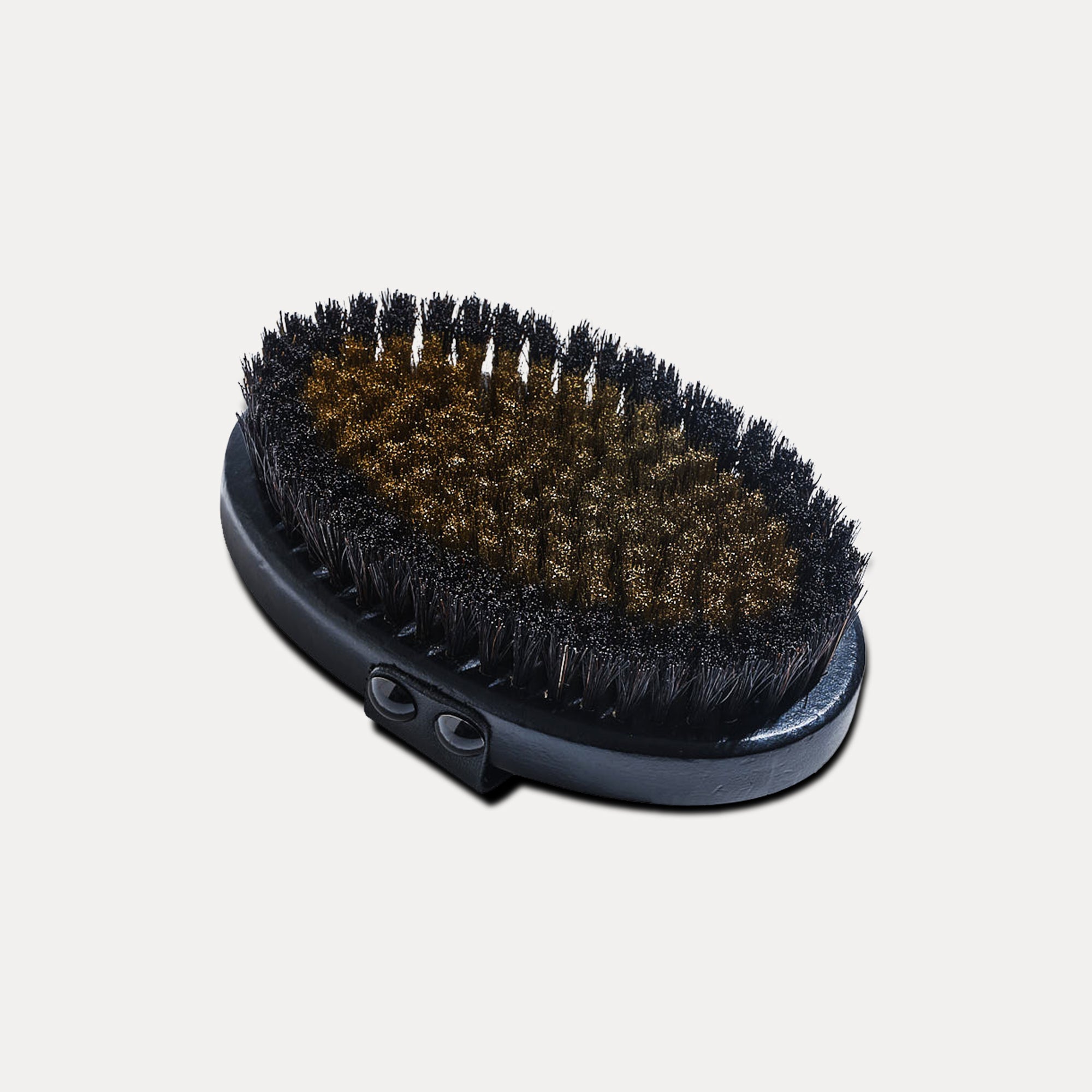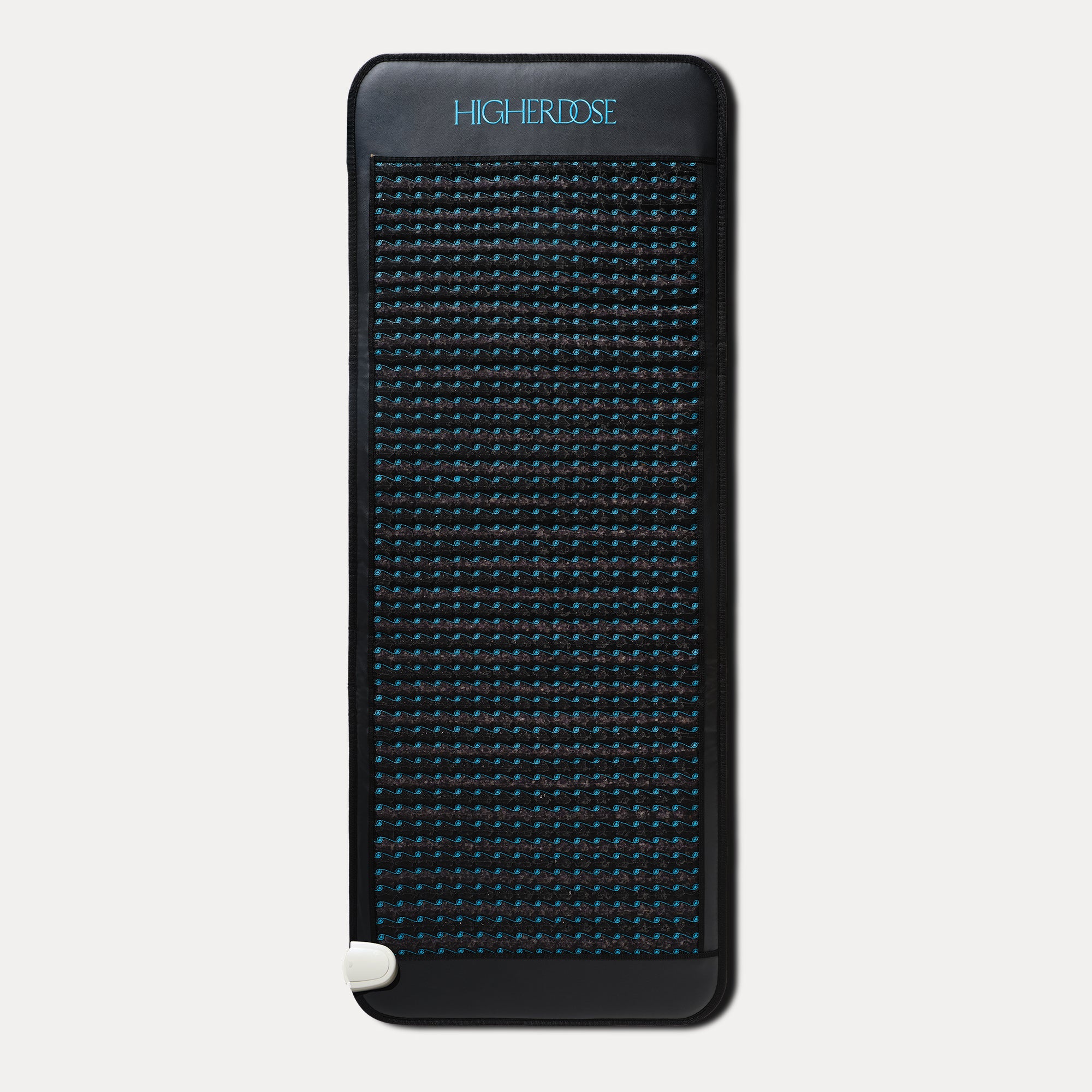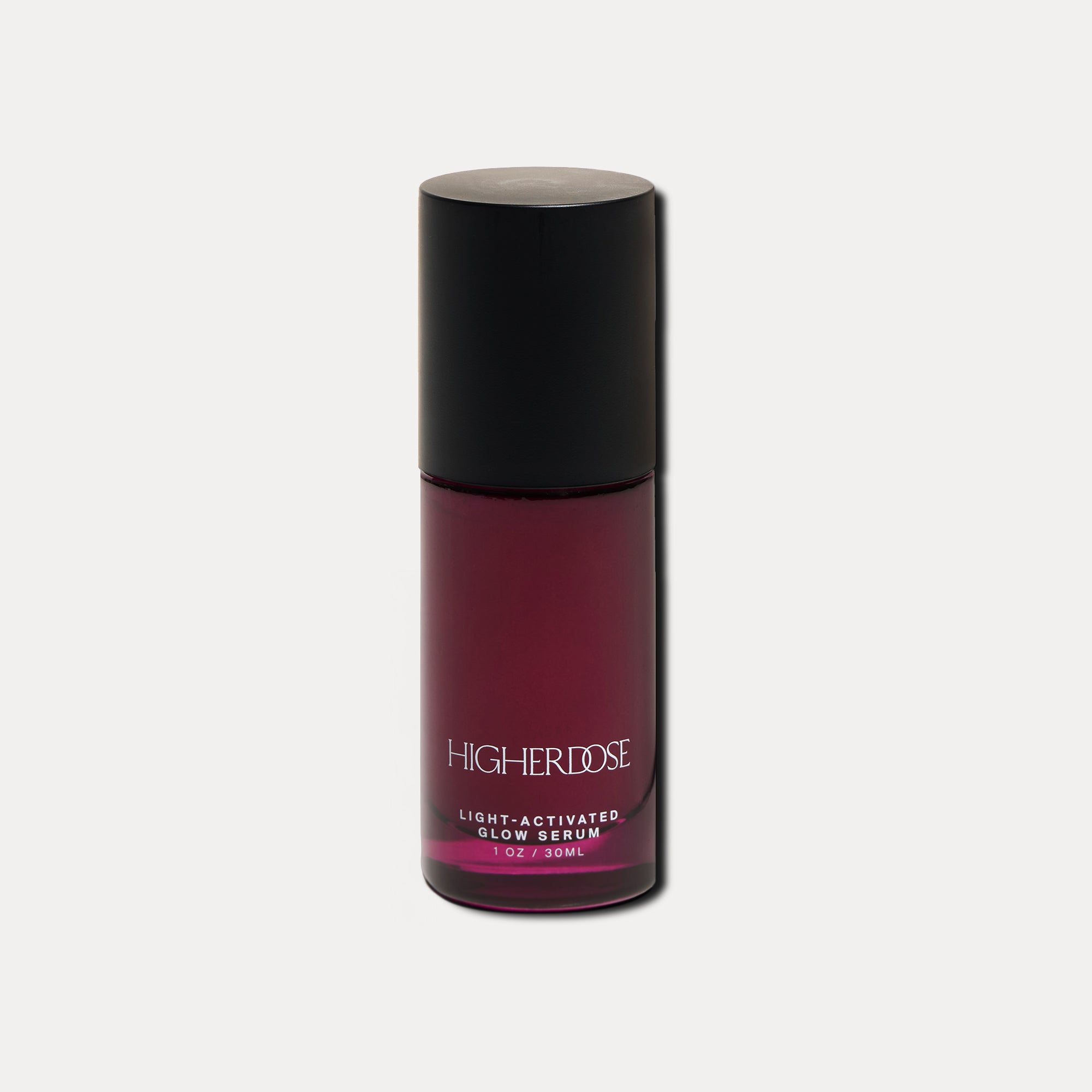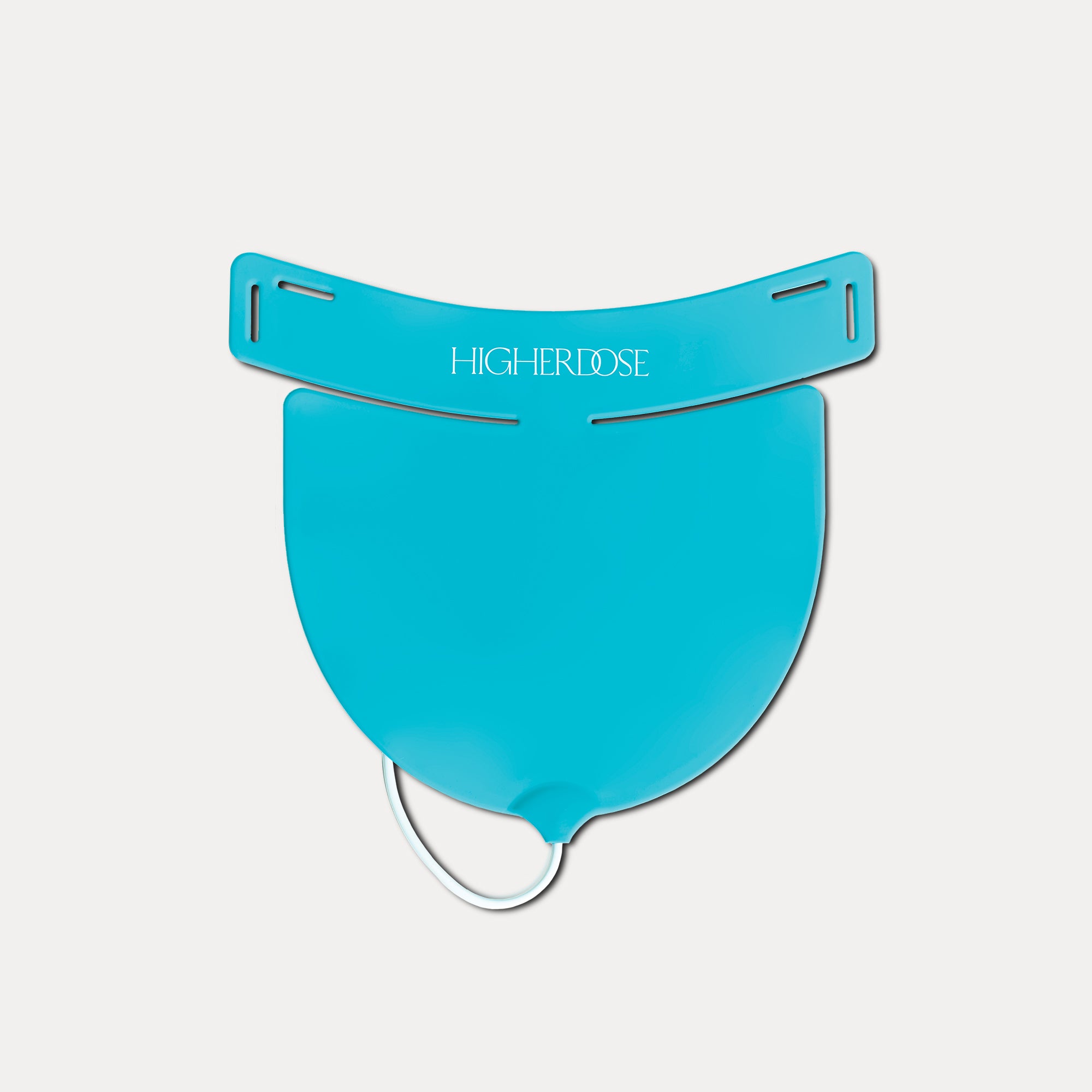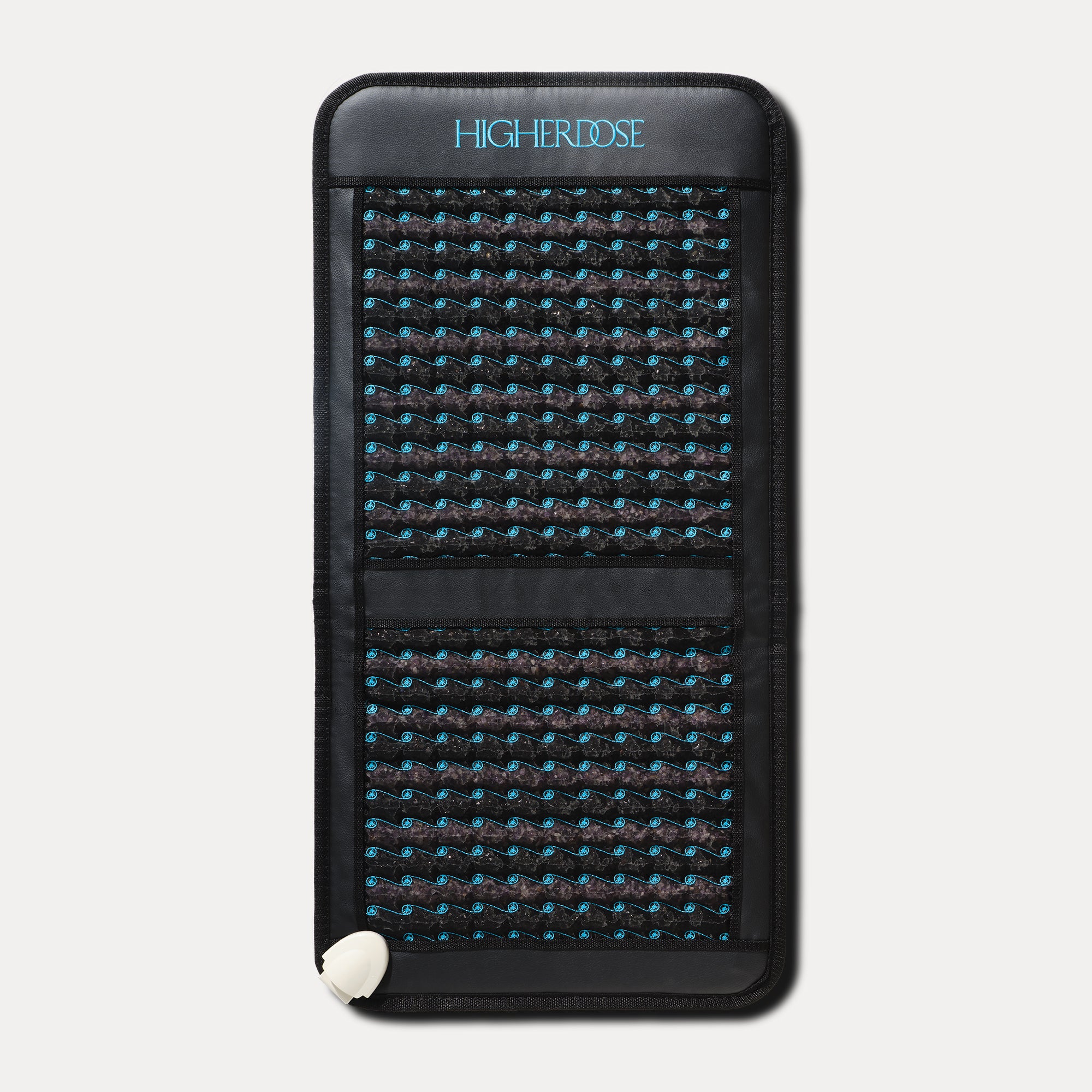
Beauty, Fascia & Lymphatic Healing with Shelly Marshall
Healing Within: Shelly Marshall on Fascia, Lymphatic Health, and Beauty
Our fascia fibers hold our intuition and innate wisdom. Releasing stressed fascia is more than just creating flexibility, reducing pain, and improving cellulite. Freeing our fascia helps us connect with the deepest parts of ourselves to unlock our inner radiance, and is the key to discovering our soul's purpose and our highest form of beauty.
Your work blends esthetics and deep body healing so well. How did your background in beauty evolve into a focus on Lymphatic and Fascia therapies? What drew you to this field?
The human body has always fascinated me. After working in esthetics for a few years I became a registered nurse so I could deepen my knowledge of anatomy and physiology. The more I learned, the more I realized how much I didn't know – this led me down a path of learning about the human body from other viewpoints. At some point I came to understand that real beauty was connected to health, and that it all went deeper than the surface of the skin.
People often associate a "Summer Body" with how we look, often involving crash diets, strenuous workouts, etc, but we believe it all starts from within, optimizing what's underneath the skin to look and feel your best. What's your take on the "summer body"?
I think having the ideal “summer body” is both reflective of and dependent on how you've been treating your body throughout the year. I always pack on a few extra pounds in the winter, but that sheds easily as I get more active in the warming weather. I think it is especially important to care for the body with both an external and internal approach. Internally you need to maintain a healthy diet, and engage in mindful practices that help reduce systemic stress. Externally, there are so many ways to keep the body smooth and glowing; regular exercise, stretching, fascia work, massage, body creams, oils, dry brushing. When you value your body and respect it as the temple that it is, all year long, you won't need crash diets or strenuous workouts.

Let's talk about fascia fundamentals. Can you explain what fascia is and its important role in the body's structural and energetic systems? How do the lymphatic system, fascia, and circulation all work together?
To put it simply, fascia is a network of connective tissue fibers that surrounds and supports every part of your body, including muscles, organs, bones and skin. It is essentially what gives (or restricts) the body’s structure, posture, flexibility, and movement. Think of it like a giant spider web that connects every part of your body to every other part, organs included. In a healthy body, that webbing is what allows us to move with ease, and helps encourage the flow of blood, lymph, and water to areas of the body that need repair or cellular energy.
What causes stagnation in these systems and what does it feel like? How might someone know they're experiencing it?
You can also think of the fascia as an extension of the nervous system, a sort of storage matrix that holds on to energies and emotions. What can happen over time if we accumulate stress, toxins and emotional baggage from past trauma is that a great deal of it gets stored in the organs of the body and held in the fascia. It has been said that “our tissues hold our issues”, and we see in Traditional Chinese Medicine that certain emotions are stored in different organs; the liver holds anger, the lungs hold sadness and grief, the stomach holds worry and anxiety, etc. The fascia surrounding these organs accumulate that energy and create tightness and inflammation all around them. This leads to body stiffness, and stagnation of fluids, making it difficult for anything to move through it (energy, lymph, blood flow, etc.). When this happens, our bodies become weaker, our nervous system becomes unbalanced, and even our digestion can be negatively affected, which affects every other system in our body.
In regards to what it “feels” like, this will be different depending on the area of the body. On the legs and butt, the body will feel tight, stiff and heavy. When stimulated (like with massage or with fascia work) it will feel like a sharp pain, like someone is pinching you really hard. As you work with the tissue and release the fascial adhesions, this will start to actually feel therapeutic and relaxing. It’s important to breathe through this as much as possible until you are on the other side of it (stay with it, the relief you will feel is so worth it!). On the face, you will feel and see heaviness around the jaw, the eyes will appear puffy, and you may feel that it’s hard to create a big smile with your cheeks and mouth muscles. When palpated and massaged with your hands (and there is a specific way to do this for the face), it will feel tender and “zingy,” and the tissue itself will feel stiff, like it's hard to move. The skin around the eyes may feel thin and as if there is water or fluid trapped underneath.
One phrase we love is "Stuck Fascia = Stuck Energy." What does this mean to you?
I love that phrase, it even works the other way around: “stuck energy = stuck fascia.” When we experience trauma of any kind, if we are not processing it and understanding how it has served us so we can release it, then we are holding it in our body and allowing it to solidify. It takes the form of tension in what should be flexible fascia, and that tension restricts the flow of fluids (blood, water, lymph) and the energy carried by them. Aside from energetic/emotional trauma, our physical habits can create a buildup of tension with the same effects. This is why it is important to tend to the processing and release of both physical and energetic tensions. Many people are surprised at how much better they feel after a couple weeks of working with mind and body to release their stuck fascia and energy.
We often think of cellulite as a cosmetic issue, but from your perspective is there a deeper story behind it? How does the condition of our fascia affect skin appearance and health?
Many people believe that cellulite is simply excess fat, however it's actually not that simple. While fat plays a role in the appearance of dimpling on the skin, the appearance of cellulite is actually more reflective of the state of your fascia. Your fascia has a memory of its own and likes to hold on to what you give it. So for example, if you're constantly stressed, holding onto some past anger, eating toxic food, enabling a toxic relationship, and not sleeping well, your connective tissue fibers respond by becoming tight, hard, stuck, stiff, and dense. Those stiff fibers prevent the movement of fluid under the skin, so you'll see dry skin, more bloating or fluid retention.
They also wrap themselves around engorged fat cells, creating an uneven appearance to the skin. And if you've been holding onto energy that doesn't serve you (like anger, worry, anxiety, fear), these literally store themselves within the network of fascia fibers creating more “junk” that your body is holding on to. We are energetic beings constantly experiencing life in different ways – when your fascia is “free” and mobile, your energy will flow more freely within, helping you feel more alive, light, agile and vibrant.
Can Fascia Release Or Lymphatic Drainage Actually "Get Rid Of" Cellulite, Or Is The Goal More About Softening And Smoothing The Tissue For Better Flow And Function?
I know many people may firmly disagree with me for saying this, because the common understanding is “no, you cannot get rid of cellulite”, but I think you actually can! If cellulite is the appearance of dimples and uneven skin texture, and you can manage to smooth the skin texture, drain the excess fluid, and reduce the dimpling, then yes, you've effectively “gotten rid of” your cellulite, even if not 100%. You still have fat cells, you still have fascia, you still have fluid moving around in there. All you've done is release the tightly wound fascia fibers so that it's no longer compressing the fat cells, which creates the dimpled appearance.
That said, for some, fascia release will just be a good place to start. There can be other factors like hormonal fluctuations, sleep quality, genetics, and diet that will play a role in how quickly you can really “get rid of” cellulite. I actually developed some cellulite a few years ago while working and not sleeping as a nurse in New York. After making a few lifestyle adjustments and working the fascia regularly, I watched it smooth out and fade to pretty much nothing!

What Are Some Myths Or Common Misconceptions About Fascia, Cellulite, And/Or Lymphatic Drainage You Wish More People Understood?
I see a lot of people using only lymphatic drainage techniques and claiming it helps with cellulite. While this is partially true (it does help process toxins and fluid retention out of the body), the biggest thing they are missing is that without addressing the tight fascia you aren’t getting to the root of the problem. The fascia is what's holding onto that fluid, and it won't be truly released or eliminated until you've addressed the condition of the fascia.
My personal routine that I've shared with many of my followers and clients (and they say they love it!) is to start by opening the lymphatic system (gentle massage on lymph nodes), then stimulate and massage the fascia layer. This can be done on a foam roller, through manual massage (especially if you have spider veins), or using a body Gua Sha tool. You’ll want to use medium pressure to massage the fascia layer to break up some of those fibers. The skin will get a little flushed and it may even feel painful at first (that's the stress, toxins and emotions you've been holding onto).
After you've “released” the fascia, the fluids under the skin will now be more easily removed from the body through the lymphatic or waste system and the fat cells will no longer be compressed. The last step would be lymphatic drainage strokes (light, gentle and toward the heart), to help eliminate puffiness, bloat and cellular toxins. But that fascia component is so important to do first if you want to see results!
What Are Some Of Your Favorite Daily Practices For Keeping Fascia And Lymphatic Flow Healthy? Do You Have A Go-To Self Care Ritual That Helps You Reset And Release Stuck Energy?
First it's important to identify where you're carrying stagnation and stress in the body. Anywhere you see a depression on the face or body (or where the skin looks like its being sucked inward) is an area where you may have some connective tissue adhesions. On the body, this may look like cellulite dimples, whereas on the face this may look like sunken under eyes or marionette lines.
Quick fix and maintenance: For my body, I love stretching and using a foam roller (remember your fascia is connected from your head to your toes). I'll even massage my upper legs using my hands sometimes. The areas where you are tight are the areas you need to focus on the most. If I'm seeing stagnation in my face (puffiness, dryness, breakouts, etc), then I do the body exercises (stretching and foam rolling) and then I add in some face yoga with neck and facial postures. My go-to ritual is a 10 minute upper body intuitive movement sequence followed by a few different neck stretches and facial postures. Then I massage my face for another 5-10 minutes. After I do that, I can see the difference in my face right away.
Periodic reboots: I go to the spa and spend about 2 hours in and out of the sauna. I'll go into a sauna for as long as I can stand it (usually 20 minutes or so), then jump in a cold plunge pool or shower and then go right back into the sauna. This kind of treatment really gets things moving, from the skin to the fascia and beyond, so if you're new to this type of therapy I don't recommend doing it for as long as I do, maybe do the cold plunge once. After I'm done, my body feels so much lighter, I have so much more energy, I'm happier, my face looks so sculpted, and my skin looks tight and glowing.
